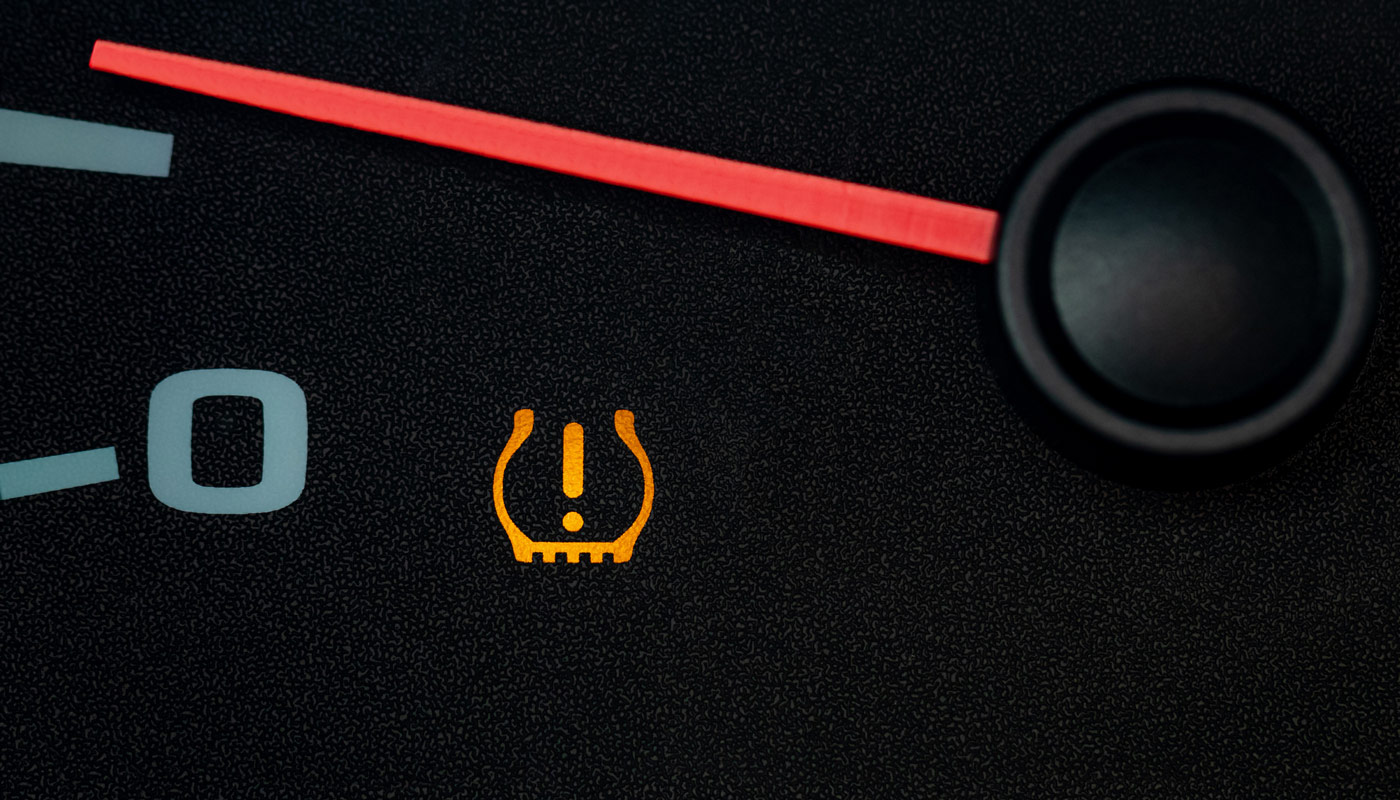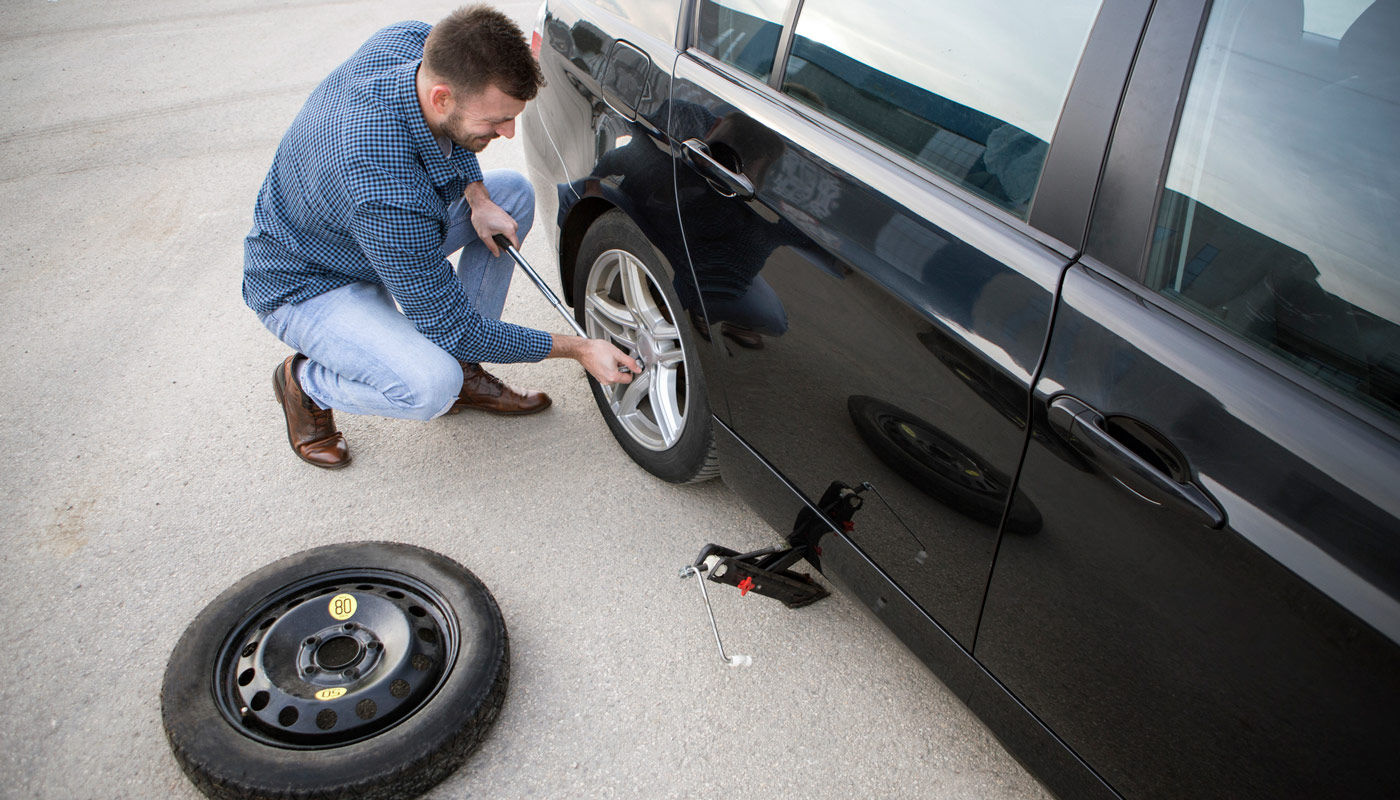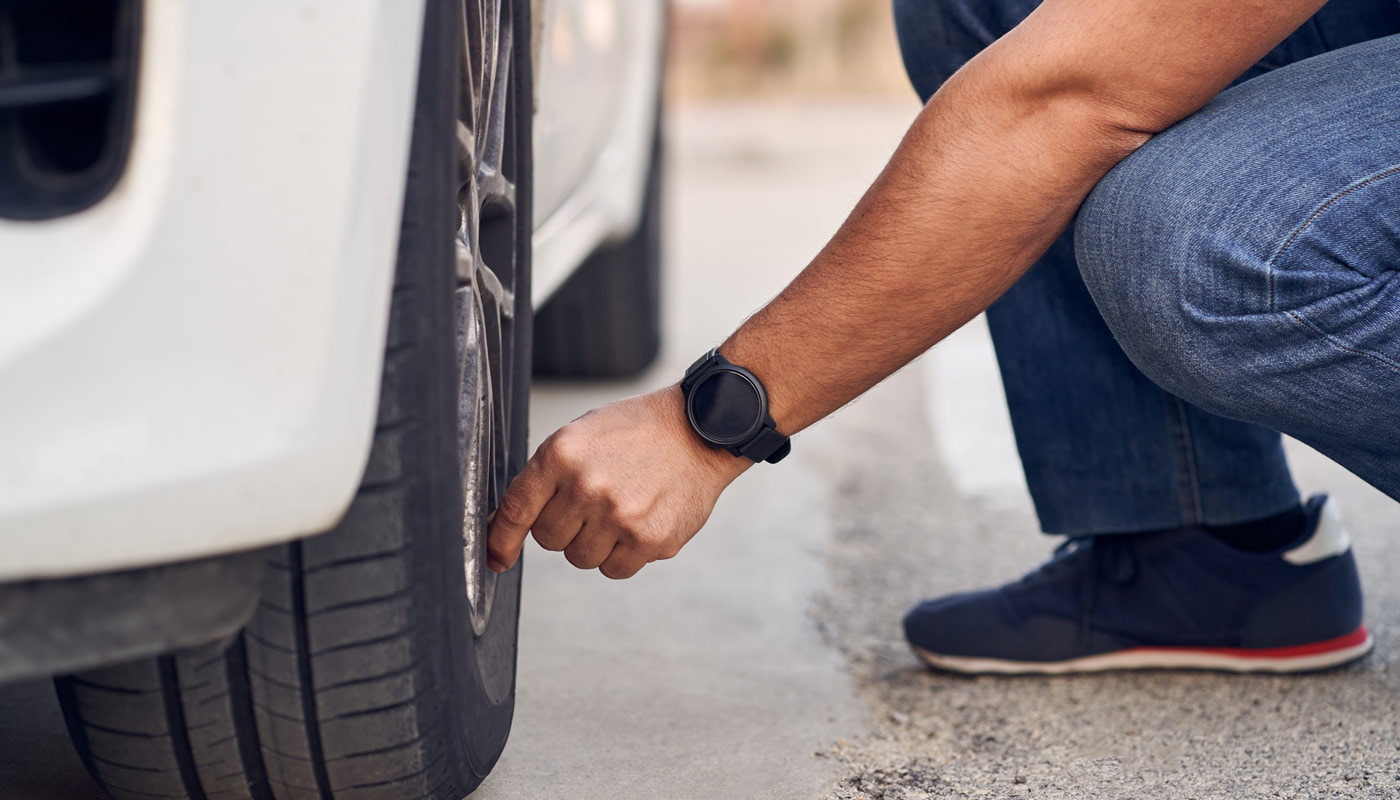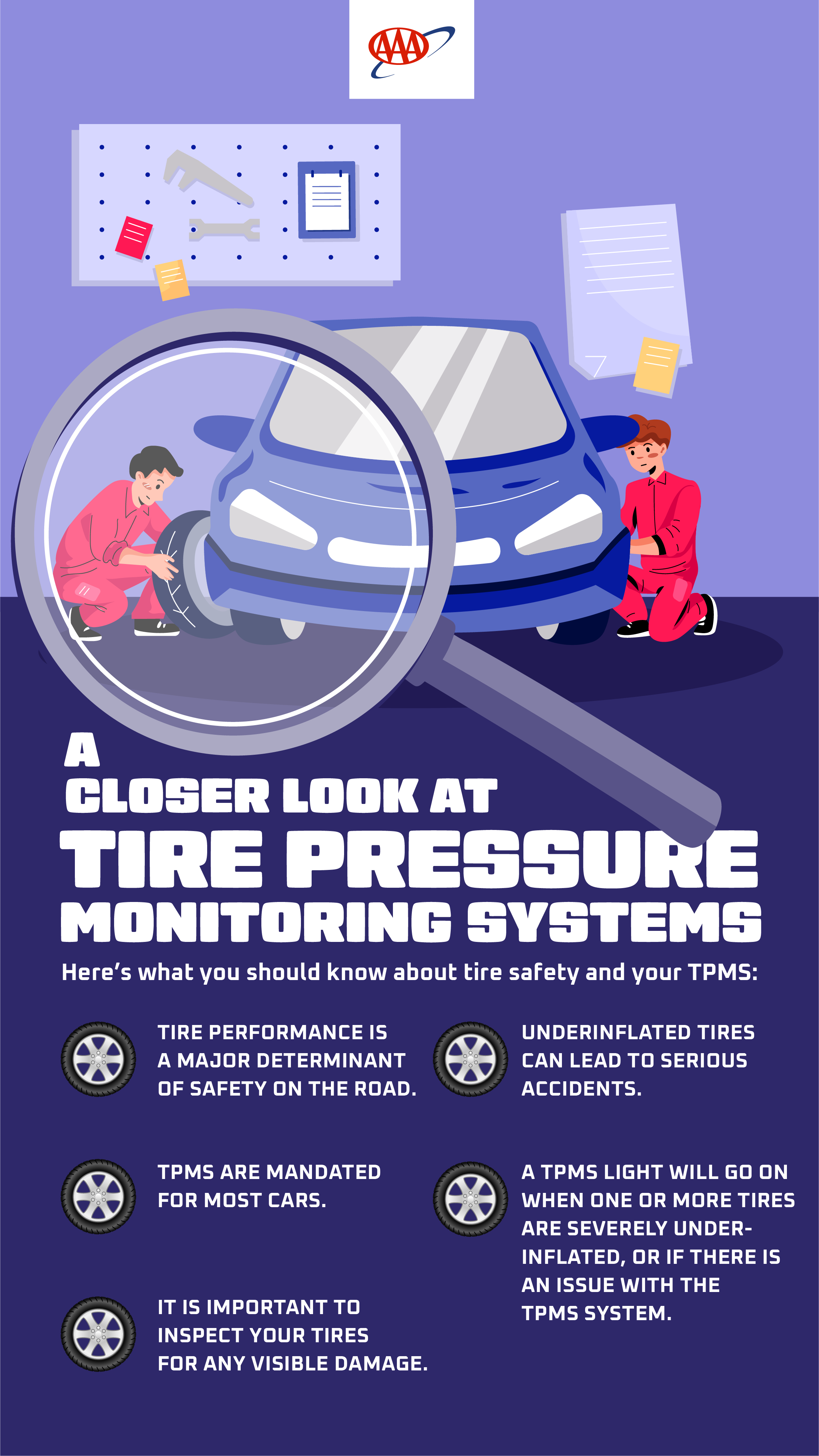AAA Automotive Services
Find AAA Owned Car Care or AAA Approved Auto Repair Shops with ASE certified technicians and rigorous AAA-inspected facilities.

Car technology has come a long way, but some things remain unchanged, for example the fundamental laws of physics, particularly regarding friction between tires and the road, remain crucial in determining vehicle handling and stopping capabilities. Proper tire pressure plays a key part in overall tire performance. Incorrect tire pressure not only adversely affects vehicle dynamics and fuel efficiency but can pose serious safety risks, including the potential for a tire blowout leading to a severe crash.
Back in the 1970s, people started thinking about a way to warn drivers about low tire pressure. The National Highway Traffic Safety Administration (NHTSA) thought about a "low tire pressure warning" light, but the only option then was too expensive. The first Tire Pressure Monitoring System (TPMS) appeared in 1989 on the Chevrolet Corvette. Over time, TPMS became a standard or optional feature in many cars.
In 2000, Congress passed the Tire Recall Enhancement, Accountability, and Documentation (TREAD) Act because of rollover crashes involving Ford Explorers in the 1990s. Section 13 of this act made it mandatory for new cars to have a system that warns drivers when a tire is significantly underinflated. Starting in 2008, TPMS systems became mandated in all cars under 10,000 pounds Gross Vehicle Weight Rating (GVWR). This was a crucial step in making vehicles safer and preventing accidents caused by underinflated tires.
Learn more about the AAA Automotive Engineer's TPMS study
Get the study
In the context of ongoing research projects, AAA evaluated the accuracy of TPMS systems in various 2022 and 2023 model year light vehicles. These assessments aim to ensure that TPMS technology continues to meet the standards set by regulatory mandates and contributes to the safe operation of vehicles on the road.
AAA conducted a series of tests on tire pressure monitoring systems (TPMS) in various vehicles to assess their effectiveness in detecting underinflated tires. Here's a summary of the key findings and recommendations:

While TPMS is effective at warning about low tire pressure, regular visual inspections and periodic checks with a handheld gauge are recommended for optimal tire health and vehicle safety. This study reminds us that staying safe on the road is a combination of technology and good habits.
 Fact & Fiction
Fact & Fiction